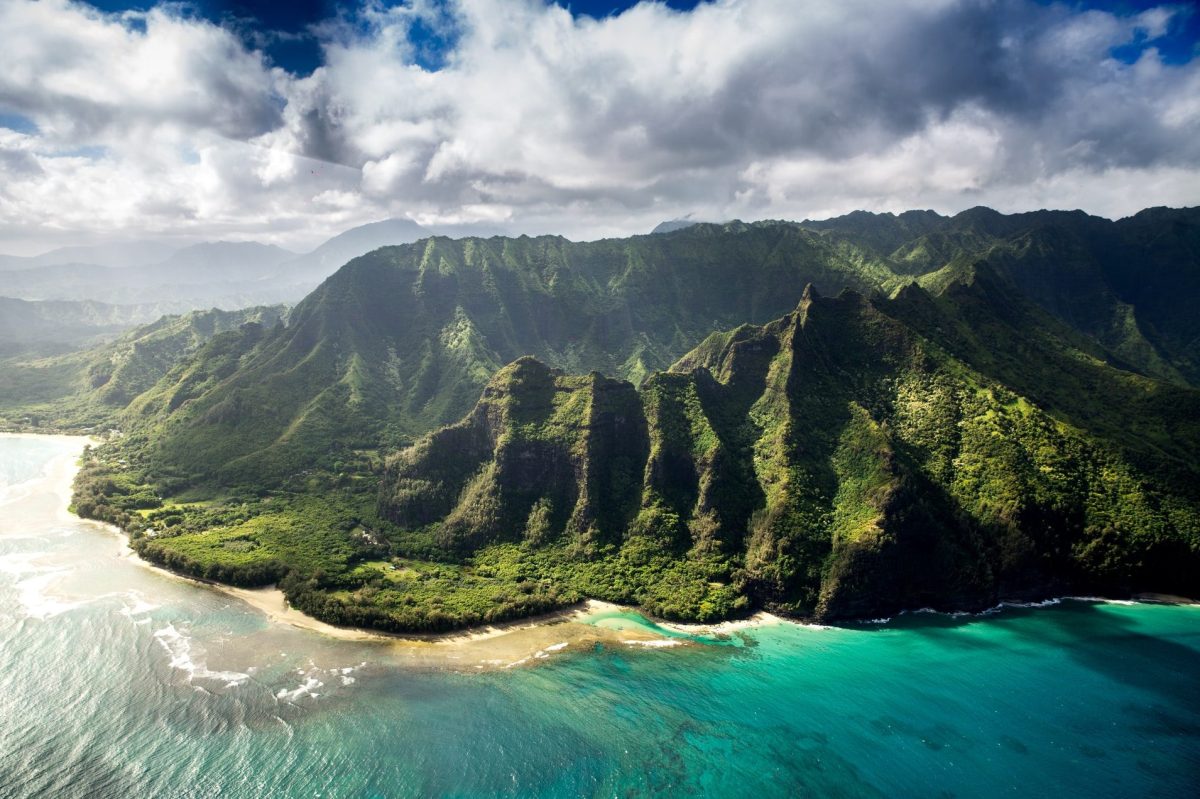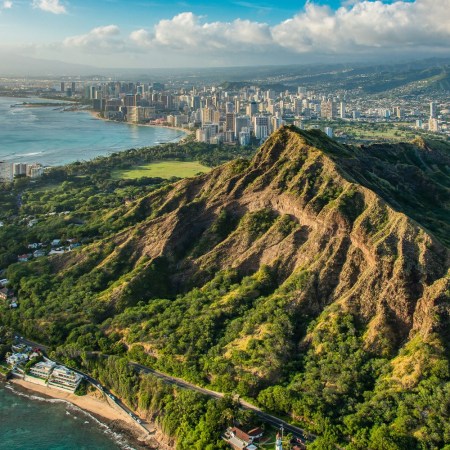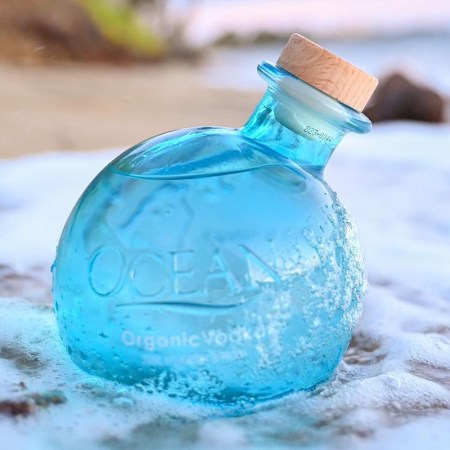Environmentalism can take a host of forms, and one of the most interesting manifestations of it right now is the idea of rewilding. This can involve a number of things, from letting land slowly return to a more primeval state to reintroducing the wildlife that historically roamed across a specific region. There are both moral and environmental reasons for engaging in this practice, all of which makes it easy to understand why it’s accrued plenty of momentum lately.
In Hawaii, there’s something similar going on — with the added effect of reckoning with its colonial history. A new article in The Guardian by Nina Lakhani explores the efforts underway to restore the crops that were historically native to Hawaiian soil.
How much of the food currently consumed in Hawaii is grown there? As Lakhani points out, the percentage isn’t high. Lakhani writes that “[b]etween 85% and 90% of the food eaten in Maui now comes from imports” — in a place where there once were forests that abounded with crops.
The traditional farmers profiled in the article are bringing back methods that worked for centuries, including taking advantages of a canopy system to grow a wide array of crops, including papaya, coffee, mangoes and sweet potatoes. Rather than growing one crop — pineapples, say — in vast quantities, these farmers are working on finding different plants that grow well together.
It might not be as vast in scale as industrial farming, but that’s not the point. And if it can deliver more (and better) food to the local communities, that’s all the better.
Thanks for reading InsideHook. Sign up for our daily newsletter and be in the know.


















